
When and where did Pho originate? It is difficult to explain exactly. However, there is a reason why Nam Dinh province was chosen to host activities honoring the Pho profession. More than 100 years ago, there was a village community here that had a relationship with the Pho profession. They were proud that their ancestors had brought the Pho profession to the capital. Today, they continue, succeed, and become famous with the Pho profession passed down from their ancestors, creating their own Pho brand: Nam Dinh Pho.
That is Van Cu village (Dong Son commune, Nam Truc district), located 15 km south of Nam Dinh city.
Coming to Van Cu, we found that the village is usually very quiet, only crowded during Tet. Because all year round, the villagers are mostly busy with their pho restaurants in all parts of the country. In the village, there are many people with the surname Co. Hanoians since the 20s and 30s of the last century have known pho restaurants with the sign "Pho Co" - pho restaurants owned by people with the surname Co. So, Van Cu is the hometown of those who 100 years ago pioneered the pho profession from their hometown to Hanoi.
Two years ago, when the “Pho Day” event took place in Nam Dinh, Van Cu village had a chance to be more crowded than Tet. Villagers returned home to participate in an event that “has only existed since the village was founded”, which was to demonstrate the art of making pho for some foreign diplomats who wanted to learn more.
I still remember that day, in the village communal house yard, the villagers placed dozens of billboards, printed with pictures, addresses, and names of the owners of many famous pho restaurants of Van Cu villagers across the country, as a way to introduce and promote the village's traditional profession; honoring the children who have succeeded and become famous with the profession. At the entrance, the villagers set up two booths, one side was for villagers to demonstrate the art of making pho noodles, the other side was for demonstrating the remaining steps in the process of making a bowl of pho.
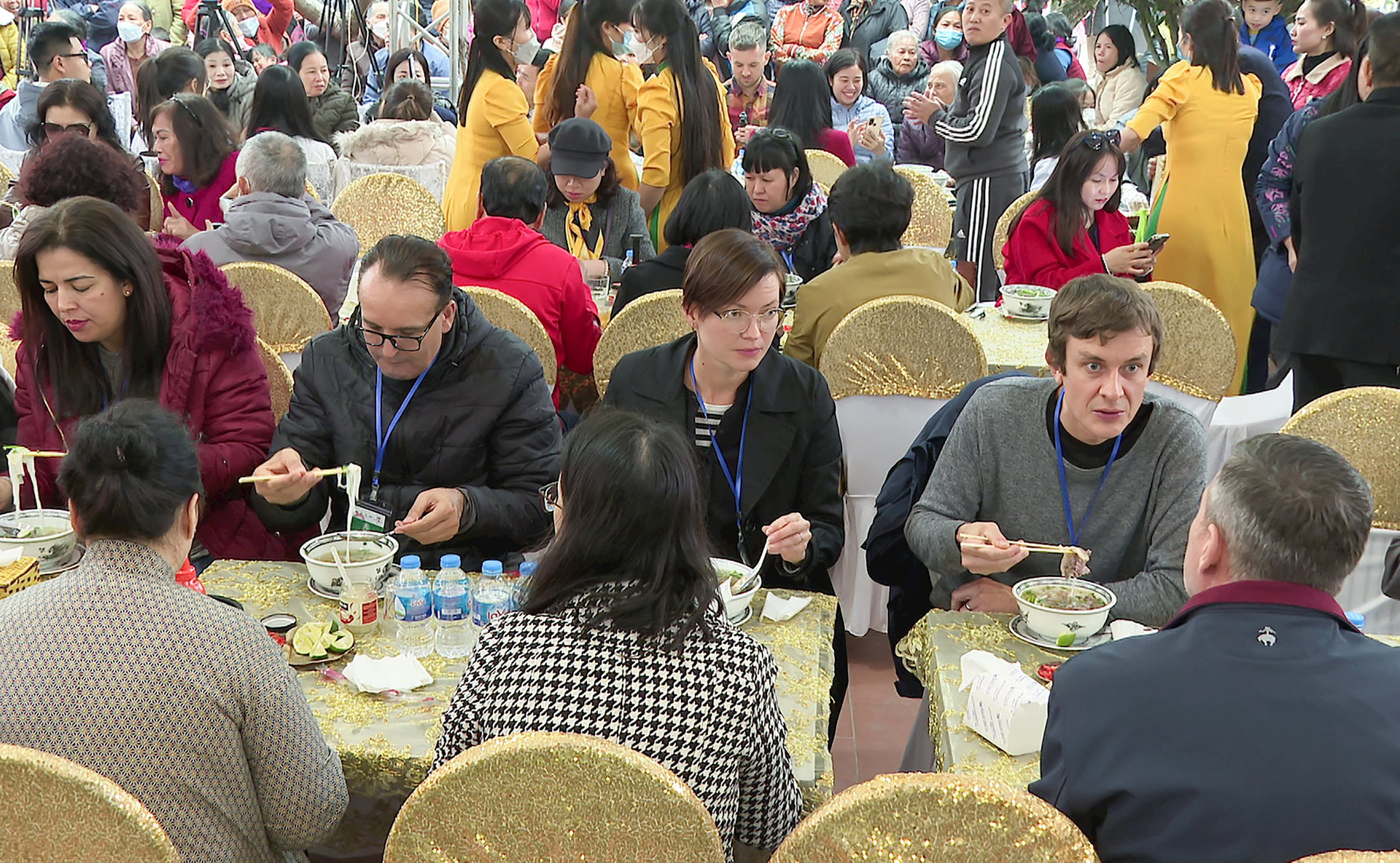
When the delegation of foreign diplomats entered, the villagers of Van Cu were very hospitable. They welcomed the guests from many countries by waving, smiling, and using their phones to record images of foreigners visiting the village, which was rare.
The foreign guests were very surprised to be welcomed by a whole Vietnamese village community in a natural and warm way, in a very sacred place of theirs, the village communal house. They politely responded with bright smiles and equally warm handshakes with the villagers. They were even more excited to witness the artisans of Van Cu village in white aprons and high hats performing the steps of making a bowl of pho, sometimes gently spreading the rice noodles; sometimes quickly slicing the noodles, slicing the meat, slicing onions, crushing ginger, and pouring the broth.
The aroma emanating from the pot of steaming bone broth made the senses of the foreign guests… “move”. They sat and enjoyed delicious bowls of pho right in the communal house yard with the villagers. They shrugged their shoulders, mouthing “Very good!”, “Wonderful!” excitedly as they shared their feelings with reporters.
And then came the time for the villagers to answer the thousands of attendees that day, including foreign diplomats, the question: “How did Van Cu people come to the pho profession?”. The three oldest pho chefs in the village, Mr. Co Viet Hung, Mr. Co Nhu Chem, and Mr. Co Nhu Cai, were in charge.
Among the three, Mr. Co Viet Hung (then 90 years old) was once very famous in Hanoi for his pho making profession, one of the five sons of Mr. Co Nhu Than - one of two people from Van Cu village (the other was Mr. Co Huu Vang) honored by the village community as the first generation to bring pho making from their hometown to the capital more than 100 years ago.
According to Mr. Co Viet Hung, his hometown people have been involved in the pho business since the early years of the last century, at the time when the French were stepping up their colonial exploitation in Indochina. Right in Nam Dinh, the French built a very large Textile Factory. When there was a factory, people came to work, and after work they had to rest and eat. At that time, the people of Van Cu village, with their quickness, traveled 15 km to the area that is now Nam Dinh city - where there were many French managers and workers - to, as we say today, "do food service business". They created a dish with ingredients from rice, ground, spread into cakes, chopped and combined with bone broth. Their tools, including a stove, were placed on a pair of shoulder poles, and then carried to sell on the street.
Regarding the origin of the name of the above dish, pho, there is an explanation that, at that time, whenever they wanted to eat, the French did not know how to tell the seller, so they pointed to the stove with the fire burning, and said the word "FEU" (Phoe), meaning "fire". After a long time, the French customers only needed to say "Phoe" and the seller would understand that they wanted to eat.
According to the old artisans, the Van Cu people later lived better with the pho profession, much better than the hard-working farming profession. From their hometown of Nam Dinh, they gradually expanded their area, finding places with many French people and workers such as Hai Phong and Hanoi to practice their profession. The former helped the latter to make a living with this profession. The Van Cu people were proud that, since the 20s and 30s of the last century, a villager named Co Huu Vang opened a pho restaurant and a pho noodle factory in Hanoi. Pho, as seen, later became an important part, a characteristic feature in the life of Hanoi people.
According to Van Cu people, when the country innovates and develops, the village's pho profession has the conditions to develop more strongly. They bring pho to all parts of the country and even abroad. According to statistics from the Van Cu Pho Club, in Hanoi alone, there are currently more than 100 pho restaurants and more than 20 pho noodle production facilities owned by Van Cu people. In fact, up to now, in Nam Dinh, not only Van Cu villagers make pho, but many other villages and communes, especially in Nam Truc district, also do so, contributing to popularizing and spreading the brand "Pho Nam Dinh", turning pho from a luxury dish into a popular, common dish.
Sharing the secret to making a delicious bowl of pho, the village elders emphasized the need to maintain the "craftsmanship" of their ancestors: Be careful in every step, do not be careless or skimp.
Accordingly, good rice must be selected for grinding, the broth must be clean, the process of making rice cakes, soaking and washing, and stewing bones must be correct and for the right amount of time; the use and combination of spices (star anise, cardamom, dried onion, cinnamon bark, old ginger, fish sauce, coarse salt, etc.) must be calculated meticulously and reasonably; excess or leftover ingredients must not be used.
Only then can we ensure the elements of a delicious bowl of pho: soft, chewy noodles; sweet, clear, and refreshing broth. Mr. Co Nhu Chem proudly said: "Following this profession's rules, we do not add MSG, the pho broth is still sweet". Mr. Co Nhu Cai affirmed: "If we want to improve anything, to have a delicious bowl of pho with the standard Van Cu flavor, we still have to follow the traditional steps".
Talking to members of the Pho Van Cu Club, most of them are from the fourth generation of the village who are practicing the new profession or how they are making efforts and responsibilities in protecting and promoting the traditional profession of their ancestors, from preventing "fake" situations, violating "professional regulations"; setting up intellectual property registration files for the brand "Pho Van Cu" with the idea of building Van Cu pho shops of the same quality, with the same identity. At a higher level, they are coordinating and supporting relevant agencies in activities to honor their pho profession.
Source












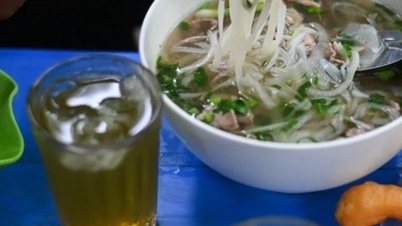




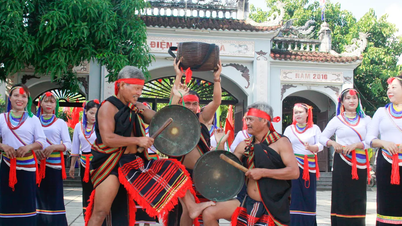



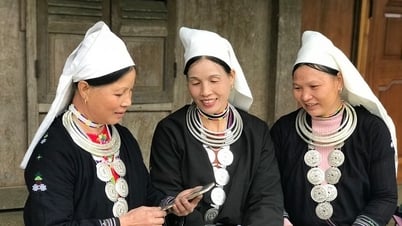









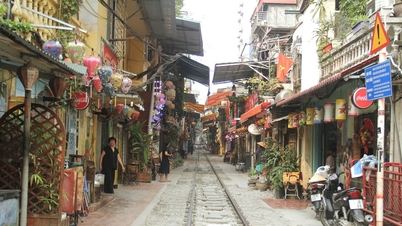

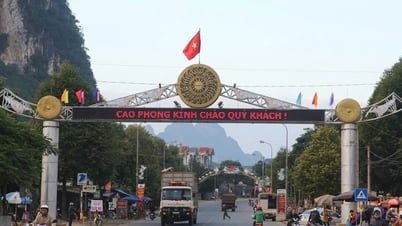














































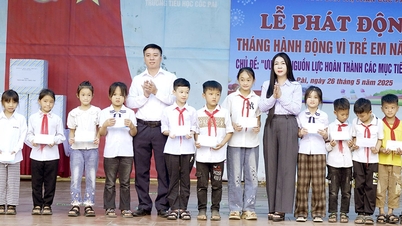


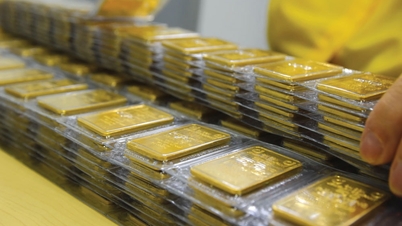

















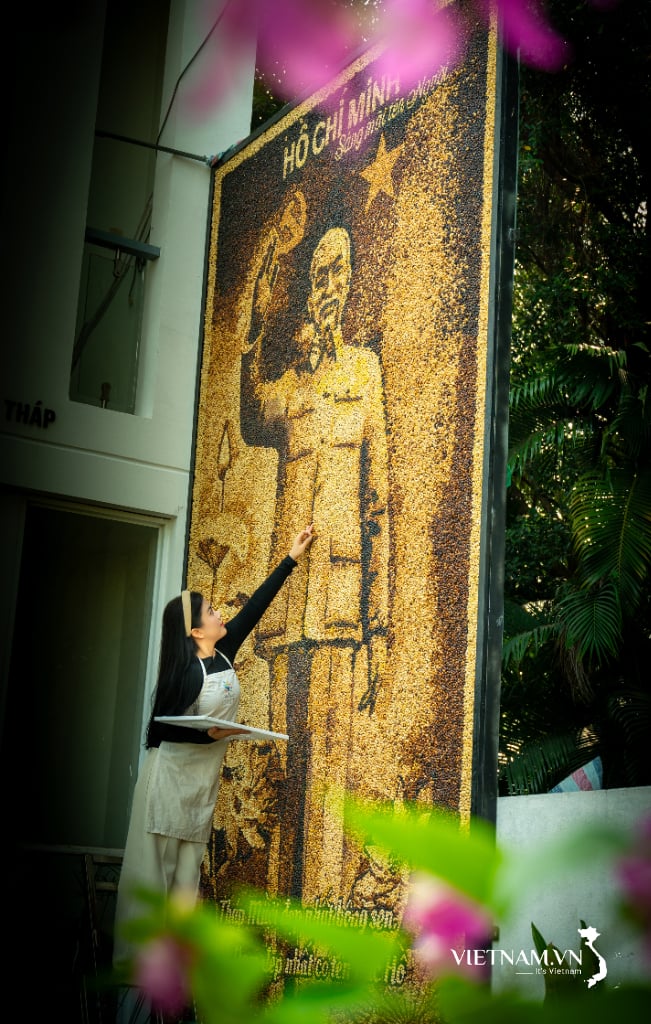

Comment (0)